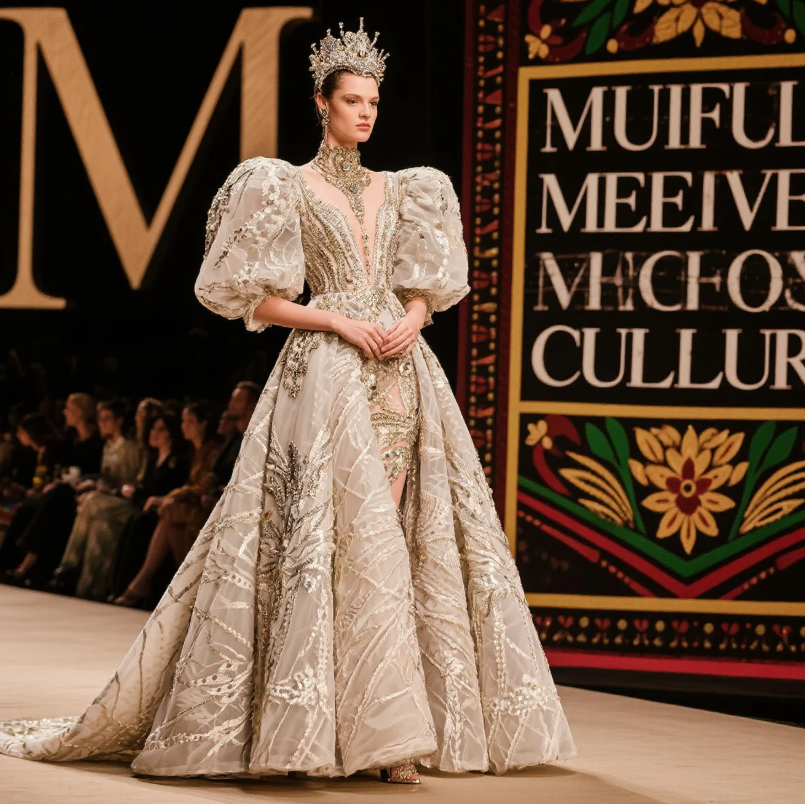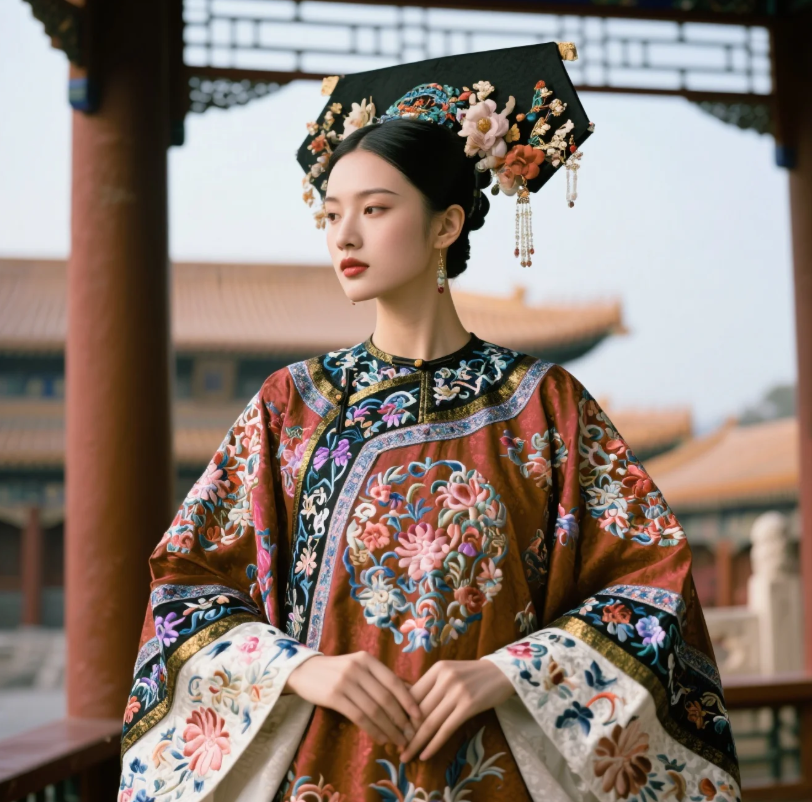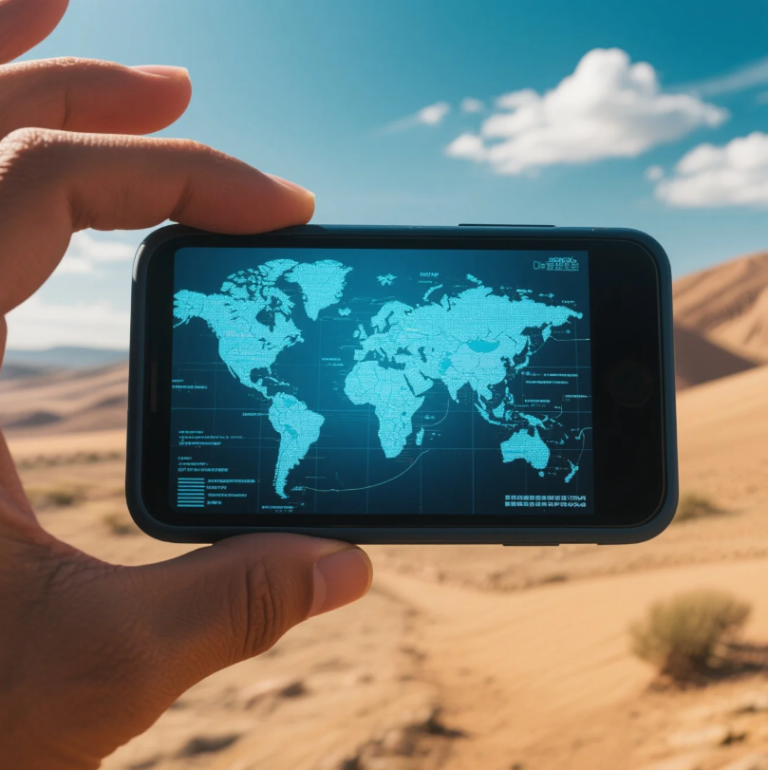
🌿When Tradition Walks the Runway
High fashion has long been synonymous with exclusivity, innovation, and a touch of the avant-garde. Yet, in recent years, a transformative wave has swept through the industry, bringing Indigenous and traditional designs to the forefront of haute couture. This fusion not only enriches the fashion landscape but also challenges perceptions, celebrates heritage, and fosters inclusivity.
🧵 Stitching Stories: The Rise of Indigenous Designers
Indigenous designers are weaving their narratives into the fabric of high fashion, creating pieces that resonate with cultural significance and contemporary aesthetics.
Victoria Kakuktinniq: Arctic Elegance
Hailing from Nunavut, Canada, Victoria Kakuktinniq infuses traditional Inuit designs with modern flair. Her label, Victoria’s Arctic Fashion, showcases hand-stitched parkas and accessories that blend materials like sealskin and fox fur with contemporary silhouettes. Kakuktinniq’s work not only preserves Inuit sewing traditions but also positions them within the global fashion dialogue.
Angela DeMontigny: Indigenous Luxury
Angela DeMontigny, of Cree-Métis heritage, redefines luxury through her use of leather, fringe, and beadwork. Her designs, described as “Indigenous luxury,” have graced international runways, including London Fashion Week. DeMontigny’s commitment to cultural authenticity and craftsmanship challenges mainstream fashion norms.
Loren Aragon: Engineering Elegance
Transitioning from mechanical engineering to fashion design, Loren Aragon of Acoma Pueblo brings precision and cultural depth to his brand, ACONAV. Drawing inspiration from Acoma pottery, Aragon’s asymmetrical designs and use of silk and leather celebrate Indigenous artistry in a modern context.
🌍 Global Runways Embrace Cultural Fusion
The integration of Indigenous designs into high fashion is not confined to North America. Around the world, traditional aesthetics are influencing contemporary fashion narratives.
Kiri Nathan: Māori Heritage in Fashion
New Zealand designer Kiri Nathan incorporates Māori weaving techniques and symbolism into her collections. Her garments, often featuring traditional cloaks and sustainable materials, have been worn by global figures, including Barack and Michelle Obama. Nathan’s work exemplifies how cultural heritage can inform and elevate modern design.
Tishynah Buffalo: Pendleton with a Twist
Canadian designer Tishynah Buffalo reimagines traditional Pendleton patterns in contemporary silhouettes. Her work, showcased at events like Couture Fashion Week in New York, bridges the gap between Indigenous motifs and modern fashion sensibilities.
🎨 Cultural Events Spotlight Indigenous Fashion
Fashion events worldwide are increasingly highlighting Indigenous designers, providing platforms for cultural expression and innovation.
Country to Couture: Celebrating Aboriginal Creativity
Held in Darwin, Australia, Country to Couture showcases Aboriginal designers blending traditional stories with contemporary fashion. Collections like Nagula Jarndu’s wedding line emphasize the union of cultural heritage and modern design, resonating with audiences seeking authenticity.
Indigenous Fashion Week: A Santa Fe Showcase
In Santa Fe, New Mexico, Indigenous Fashion Week brings together designers from across North America. The event features garments that merge traditional materials, such as hides and beadwork, with modern silhouettes, highlighting the versatility and relevance of Indigenous fashion today.
💬 Beyond Aesthetics: Fashion as Advocacy
For many Indigenous designers, fashion serves as a medium for activism and storytelling.
Bethany Yellowtail: Weaving Protest into Fashion
Los Angeles-based designer Bethany Yellowtail uses her platform to spotlight Indigenous issues. Her collections often draw from activism, incorporating elements inspired by protests and cultural resilience, thereby transforming garments into statements of identity and resistance.
🌟 A Tapestry of Tradition and Innovation
The convergence of Indigenous and traditional designs with high fashion signifies a broader shift towards inclusivity, authenticity, and cultural appreciation in the industry. As designers continue to draw from their heritage, they enrich the fashion landscape with narratives that are both timeless and timely.
In embracing these diverse perspectives, high fashion not only evolves aesthetically but also becomes a platform for cultural dialogue and understanding. The runway, once a symbol of exclusivity, now serves as a stage where tradition and innovation coalesce, weaving a richer, more inclusive tapestry of global fashion.



